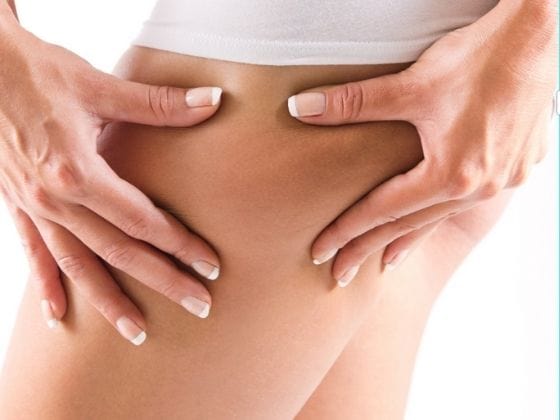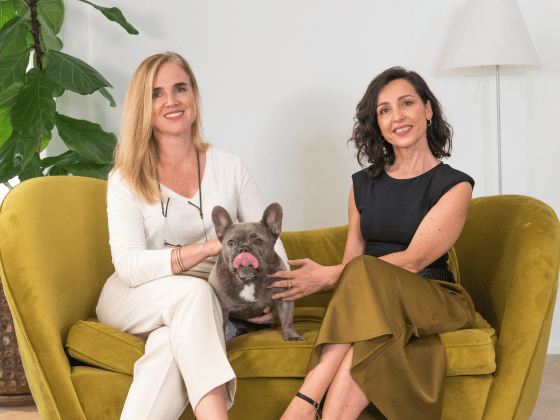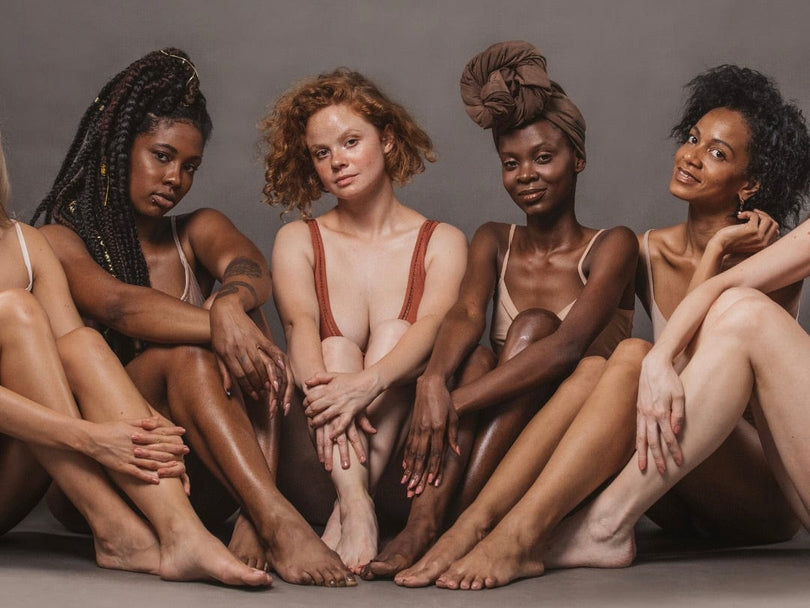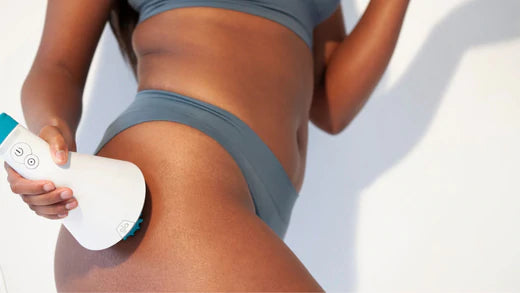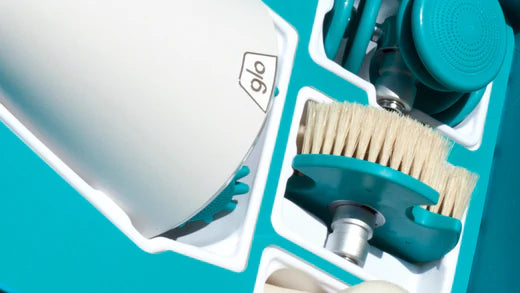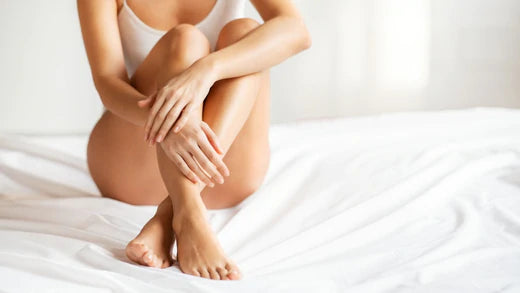There are broadly three types of cellulite: fibrous, soft and edematous. Soft cellulite is very common, and usually appears between 30-40 years of age. It is often also called flaccid cellulite, as it is characterized by the affected area having a spongy, movable texture and a soft consistency. But, what is exactly soft cellulite?
What is soft cellulite?
Normally, this type of cellulite is easily recognizable, with the typical "orange peel" appearance and is soft to the touch, and tends to move more when walking or performing a dynamic movement.
How does soft cellulite originate?
Cellulite is a complex process where various causes and consequences converge and feed back on each other, worsening its condition. The origin can be genetic, hormonal, sedentary habits, poor diet ... but in the case of this type of cellulite there is usually a genetic predisposition to suffer from it, and usually occurs at an older age than other types of cellulite.
Although it is not always the case, soft cellulite usually has its origin in circulatory problems so it is not surprising that it is accompanied by varicose veins, muscle pain or small spider veins. It tends to worsen with age due to the loss of elasticity of the fibrous tissue.
Not sure if your cellulite is soft? Take a good look at these characteristics:
- It is a spongy, mobile tissue with little consistency.
- It is usually associated with atrophic musculature.
- The connective tissue, normally flexible, thickens and takes on an increasingly dense gelatinous consistency.
- It moves when walking.
- It is not usually painful.
- The "orange peel" skin is visible to the naked eye, especially on the outer thighs.
- The vascularization is often affected, and reduced.
- There may be spontaneous pain caused by edema and fatigue, known as "cold cellulitis".
- Micronodules delimited by fibrosis tracts can be palpated, which outline the orange peel.
- It usually affects sedentary people, or those who were active and are no longer active.
- It is also frequent in people who have gained and lost weight abruptly.
- It usually appears in middle-aged women (30-40 years).
- It is located mainly on the front of the thighs, abdomen, back, arms and buttocks.
- Appearance: affects the body in general. It is usually diagnosed by visual inspection. It can cause a deformity in the pelvic region, and the skin reaches a thickness of 5 to 8 cm. In the standing position, the typical "pads" are observed, and with palpation the softness of the tissue and the presence of small hard nodules are noted.
- It is usually associated with complications such as varicose veins, sensation of heaviness, fatigue, numbness of the legs and night pains.

How to treat soft cellulite?
- Improve micro-circulation
- Drain toxins retained in the tissue (edema)
- Improve the elasticity of the connective tissue.
- Break up fat nodules (adipocytes) and prevent them from maturing and hardening.

4 Cosmetics: in this type of cellulite, venotonic and anti-edematous principles will help us above all, such as the Leg Revitalizing Serum 910, which improves both aspects thanks to the nanoencapsulation of its active ingredients, improving penetration and effectiveness.


